Monthly plant magazine. February
all sides need to take a break between one cycle and the next. 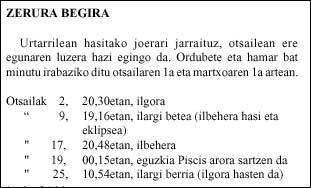
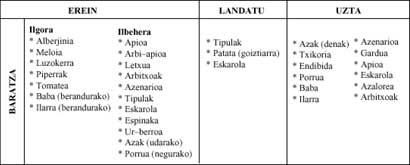
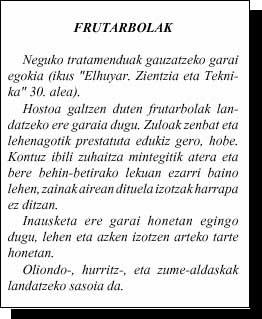
That necessary cold
Lately we hear many things about the bad winter of recent years. We only have to go around the treasure of proverbs and sayings, so that the former farmers discover the importance of cold weather in their time.
But is cold necessary? So much winter need is right?
Winter and plants
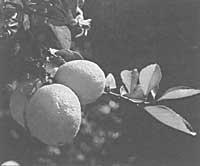
All plants need a cycle and a rest between the next. In deserts and dry areas this period of rest is due to the strong heat, winds and droughts in the tropics before heavy rains. In the case of Euskal Herria, the low season or the rest of the plants is due to winter, and the most outstanding feature of winter is temperature.
What happens when plants perceive or feel cold?
Technically cold, the temperature starts from 7ºC. In our territory at the end of September. Then there are some important changes in the plant:
- Collect all the energies that the plant has in its reserve parts (tubers, rhizome, trunk, etc.)
- Photosynthesis (plant energy source) begins to stop. This implies a change of paint of the leaves, since chlorophyll stops and other pigments appear: carotenes (red-oranges) santophils (yellow), etc.
- It virtually reduces the relationships of the plant with the environment to zero. For example, by applying leaves (with stomata, which are part of the respiratory system), thickening of the skin, increased eye protection by scales, etc.
The main consequence of these changes produced by the cold is the "numbness" of the plant. In this way it is able to resume the new cycle by sounding spring. Until the leaves and new veins are put into full operation it will use the energy it has collected in the reserves.
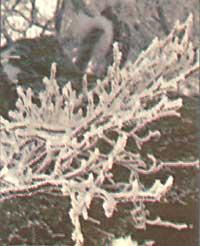
If the cycle of rest/activity is broken, most plants in our environment would lose their "clock of life" and stop producing seeds of fruits that ensure their effects in the natural environment. And it would be replaced by plants with a cycle adapted to the new climate.
Winter and snow
As we have seen, cold is the main characteristic of winter and in its effects on the earth we can highlight two:
- In the soil there is always mixed water and when the temperature drops the water easily reaches the 0ºC that becomes ice. This increases the volume of the flowing process. In the clay soils of our environment this decrease is very beneficial and its consequences will be more pronounced if we have previously hit the ground. We present the importance of plowing and simulating in autumn the lands we want to cultivate in spring, which once broken will also be well incorporated into the soil.
- The cold in turn cancels most of the chemical changes and processes that occur on earth. And its most notable consequence is the "freezing" of the food release processes that take plants from the soil, which will be made available in spring along with the needs of plants. Otherwise, the waters of the numerous winter rains would take them quickly.
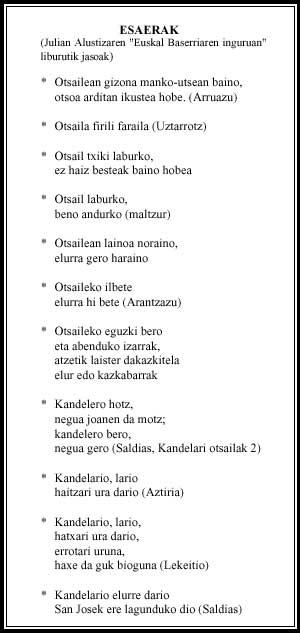
Buletina
Bidali zure helbide elektronikoa eta jaso asteroko buletina zure sarrera-ontzian











